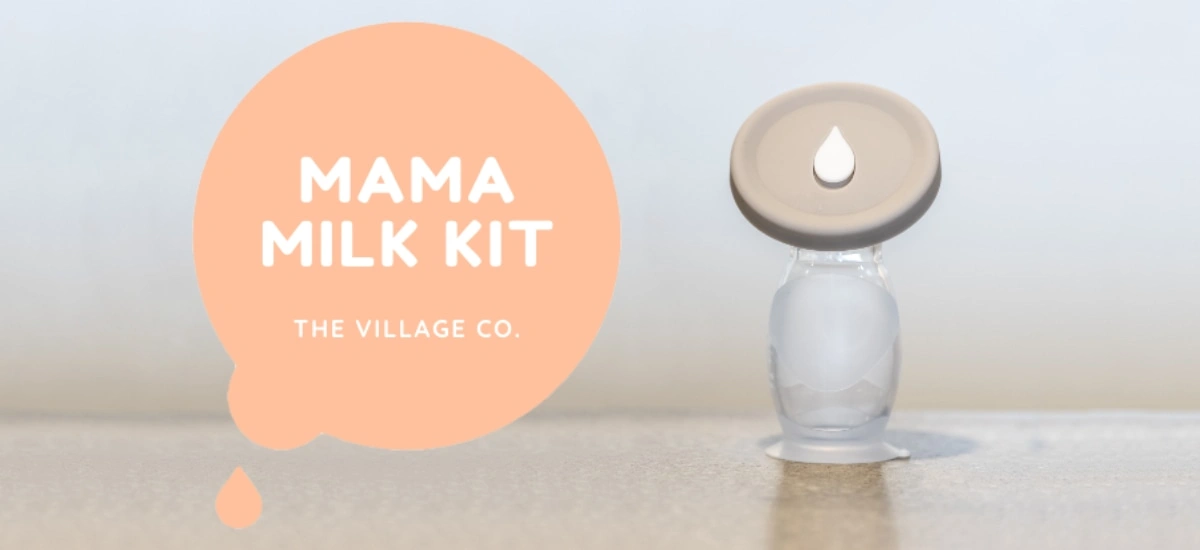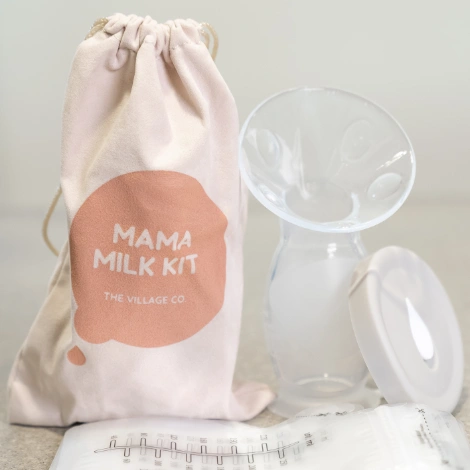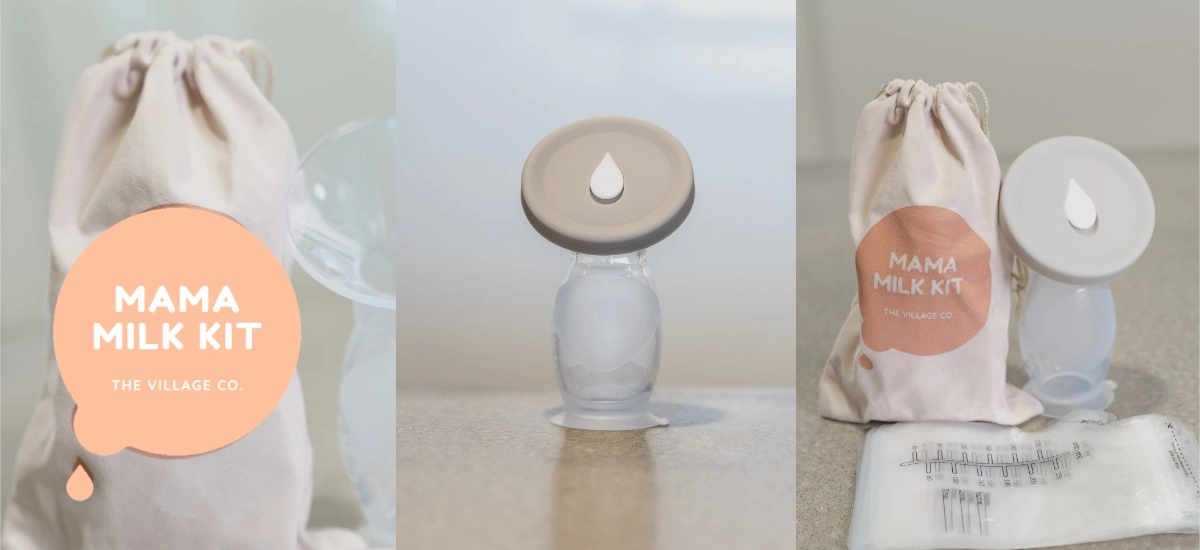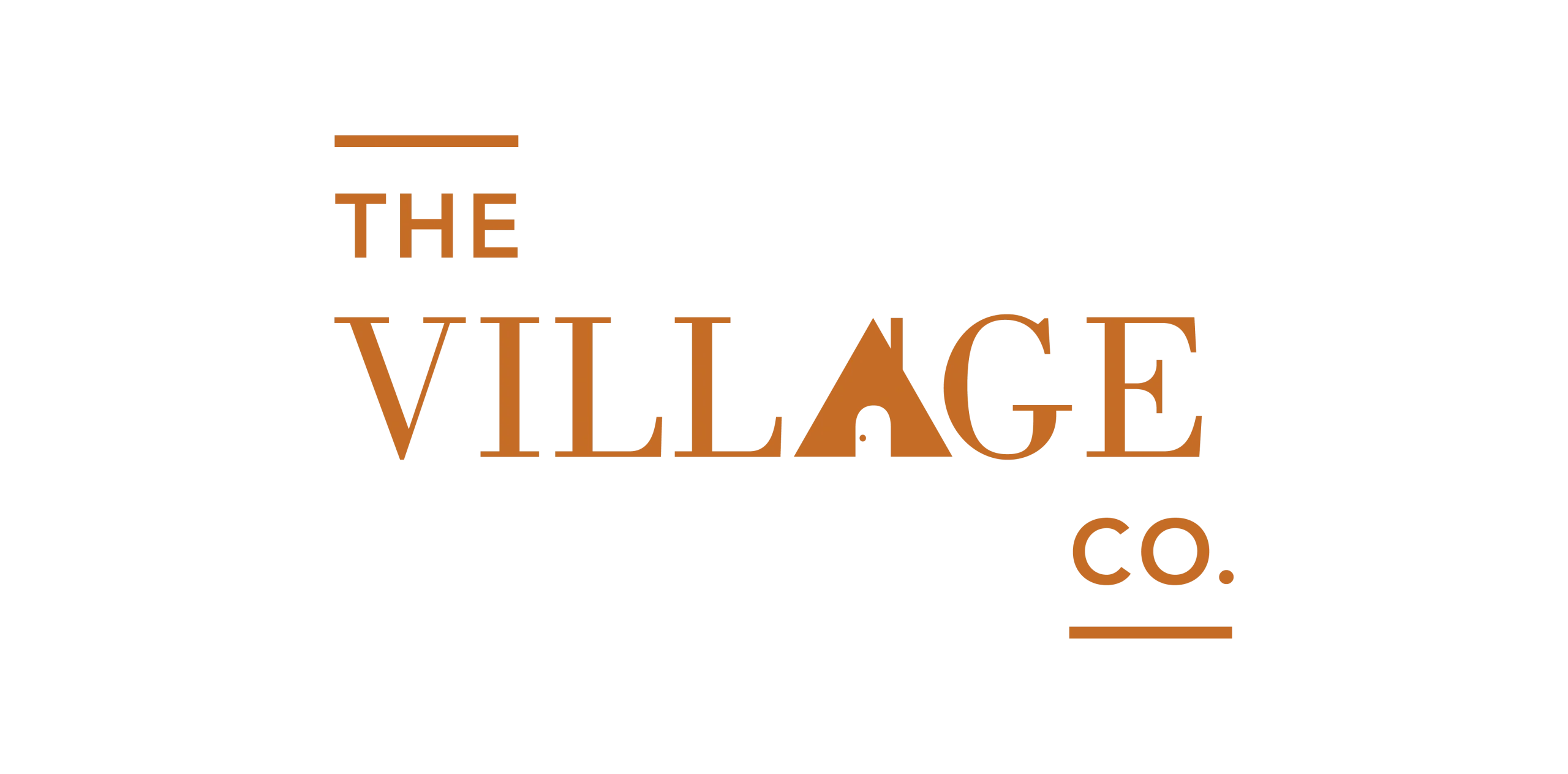
MAMA MILK

Introducing our Mama Milk Kits – a new way to support mums
We created the Mama Milk Kit for our Village Co mums who want to breastfeed but face significant barriers, including homelessness, financial hardship, significant mental health issues, minimal family/friend support or domestic violence.
With a Mama Milk Kit, they receive basic tools, simple instructions and access to expert videos, all to help them successfully nourish their newborn babies.
Now you can help us by buying a Mama Milk Kit for yourself or by making a donation so we can supply them to new mums in need.
- Buy a Mama Milk Kit for yourself or a friend and you’ll also be supporting new mums who need a bit of extra help.
- Your beautifully packaged Mama Milk Kit comes with:
- Hand (manual) breast pump
- 10 milk storage bags
- Simple instructions
- The knowledge that you’ve helped a new mum
- While you enjoy your Mama Milk Kit, your purchase helps us fund Mama Milk Kits for other mums in hospital who want to breastfeed but can’t afford this helpful tool.
- Many mums we support are facing homelessness, financial hardship, significant mental health issues, minimal family/friend support and domestic violence. With a Mama Milk Kit, they receive basic tools, simple instructions and access to expert videos, all to help them successfully nourish their newborn babies.
- Thank you for joining us!
- If you don’t need a Mama Milk Kit, you can simply donate so that we can supply a Mama Milk Kit to a mum in need.
- Make a donation and support new mums who need a bit of extra help.
- Your gift helps us fund Mama Milk Kits for mums in hospital who want to breastfeed but can’t afford this helpful tool.
- Each Mama Milk Kit is beautifully packaged and contains a hand breast pump along with milk storage bags and simple instructions. Mums will also be directed to videos from experts to help them along the way.
- Many mums we support are facing homelessness, financial hardship, significant mental health issues, minimal family/friend support and domestic violence. Your gift will make a big difference in helping them nourish their newborn babies.
- Thank you for joining us!
NB: Any additional funds once this project is funded may go to support other Village Co programs.

LEARNING TO BREASTFEED
This content was produced in collaboration with the Australian Breastfeeding Association (ABA). raisingchildren.net.au thanks Renee Kam, ABA breastfeeding counsellor and private lactation consultant; Yasna Blandin de Chalain, maternal and child health nurse and counsellor; and Simone Casey, ABA breastfeeding counsellor and private lactation consultant.
How to Breastfeed: Getting a good attachment
This video on breastfeeding has tips for good attachment to help you get your baby feeding well. The video includes an animated diagram, a mum’s point of view and step-by-step instructions. It helps new mums see what good attachment looks and feels like and understand how babies feed.
How to Breastfeed: Getting a good attachment
In this video, a lactation consultant explains that as long as your baby is getting enough milk, it doesn’t matter how long or how often baby feeds. She says sleeping with baby in your room can help you catch early feeding cues, so you can feed your baby before crying starts. The video has phone numbers for getting help with breastfeeding.
How to breastfeed: Breastfeeding positions
This video takes you through different breastfeeding positions to help you find a position that works for you and your baby. You can see common positions like cradle and cross-cradle holds, underarm or ‘football’ hold, lying on your side and semi-reclined. Watch a mum feeding her baby using the different positions and get information on help with breastfeeding.
Common breastfeeding questions: Spitting up, eating special foods
In this video, a lactation consultant says it’s quite common for babies to spit up some milk after feeds. Usually this doesn’t stop babies gaining weight at a healthy pace. But if you’re concerned, talk to your child and family health nurse or GP. The video also has tips about nutrition and eating well for breastfeeding.
Common breastfeeding questions: enough milk, too much milk, expressing
Many breastfeeding mothers are concerned about milk supply. A lactation consultant says most mums can make plenty of milk for their babies. She talks about typical baby weight gain and how to know whether your baby is getting enough milk. She also talks about changes in the amount of milk you produce in the weeks after birth and whether you need to express milk.
Common breastfeeding challenges and getting help
In this video, a lactation consultant says you have to learn how to breastfeed. It can take time to get the hang of positioning, attachment and reading your baby’s cues. It’s important to get support, and this video has websites and phone numbers for getting help with breastfeeding challenges.
Breastfeeding problems: Getting support
In this video a lactation consultant says that if you’re having problems with breastfeeding, get support early. Mums talk about having mastitis, nipple pain and attachment issues – and about getting help. One mum says she was about to give up on breastfeeding but got help from a lactation consultant. This meant she could look at her baby breastfeeding and smile for the first time.
When Breastfeeding doesn’t work out
Sometimes breastfeeding doesn’t work out. Deciding to stop breastfeeding and start bottle-feeding can be difficult, and it’s important for you to feel supported. We hear from mums who got support from mothers groups and counsellors as well as from friends and family. A child and family health nurse and counsellor talks about getting support and gives tips for bonding with baby while bottle-feeding.
The following content is produced by Global Health Media Project. Download link: http://globalhealthmedia.org/videos/
This video is intended primarily for mothers in the developing world, but may be helpful to breastfeeding mothers worldwide.
Copyright © 2015, Global Health Media Project
How to express breast milk
Expressing breastmilk can relieve breast fullness, soften the breasts, and make it easier for the milk to flow. It is also important to maintain a mother’s milk supply during separation and make milk available for someone else to feed the baby. This video shows how to hand express breastmilk.
Copyright © 2015, Global Health Media Project
Storing Breast milk safely
It’s important to handle and store breastmilk safely to prevent a baby from getting sick. This video shows how to handle the milk and how to safely store it for later use.
Copyright © 2015, Global Health Media Project
What to do about breast pain
Breast pain in a breastfeeding mother is commonly caused by one of three problems: engorgement, blocked ducts, or breast infections. This video shows how to know which problem a mother has and what she can do to help herself.
Copyright © 2015, Global Health Media Project
What to do about nipple pain
Nipple pain in a breastfeeding mother is common but not normal. It often happens when mothers first start breastfeeding and is usually due to a baby not attaching deeply. This video shows how nipple pain happens and what a mother can do to help herself.
Copyright © 2015, Global Health Media Project
